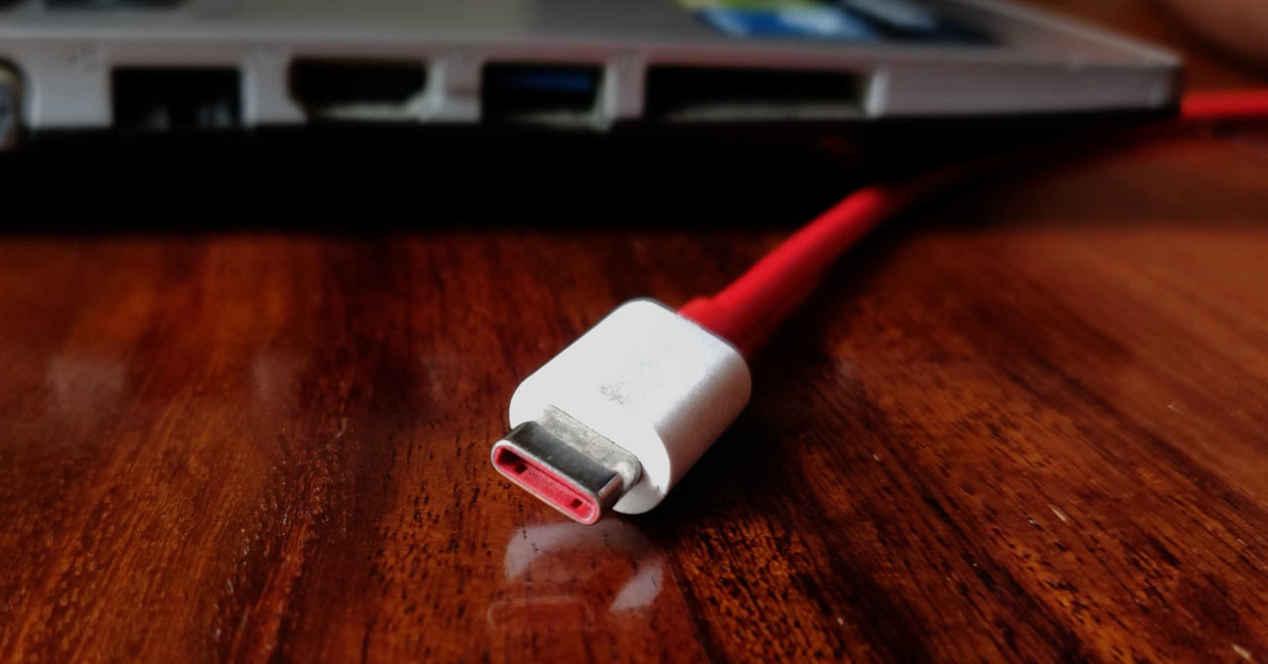USB Type C ports have become over time not only a way to communicate external devices with the computer at high speed, but also a replacement for the charging cables of many devices by being able to deliver much more power than the classic USB Type A. , we find differentiated specifications in this regard and we can find cables that give a load of 60 W, 100 W or even up to 240 W. how do they do and How are the different types of USB-C cables for charging devices different?
The concept of fast charging may seem trivial, but being able to charge your mobile phone, handheld or even laptop in a short time and using a universal cable and therefore is not proprietary, this is at least something to be grateful for, as it means that we don’t have to accumulate a large number of different chargers, but also simplifies and solves the repair. However, although the connectors are the same, not all USB Type-C charging cables are the same, especially when it comes to different charging wattages.
How are USB-C cables different for charging my laptop?
Announcement of USB Type-C cables with 240W charging capacity, using 48V voltage and 5A current, heralds a future where even high-end laptops will use a USB-C cable to charge their computers . At the moment we can see cables with varied charging capacities and all thanks to the so-called USB Power Delivery, a function that has been added to this type of USB cables that allows the voltage to be varied. power supply with several different profiles.
| The profile | Tension | Intensity | Power |
|---|---|---|---|
| #1 | 5V | 0.1 to 3A | 0.5 to 15W |
| #2 | 9V | From 1.67 to 3 A | 15 to 27W |
| #3 | 15V | 1.8 to 3A | 27 to 45W |
| #4 | 20V | 2.25 to 3A 3 to 5A |
45W to 60W |
| #4 (Special Cable) | 20V | 3 to 5A | 60W to 100W |
| #5 (Special Cable) | 48V | 3 to 5A | 144W to 240W |
As can be seen there are mainly two types of cables, the one with more power uses wider pins and cables than the usual ones, since the conventional ones are not designed to support these power levels. However, higher wattage cables are compatible for use with lower cables, but we do not recommend this, not for the health of the cable, but for the fact that there is no need to use a USB cable designed to transmit high power. for much more modest devices. .
Therefore, when buying a cable for your laptop power supply in the future, you should look at the type of cable you are buying, as not all of them will work and unfortunately they will all look the same . It will therefore be necessary to know how to catalog and differentiate these cables from the rest. Unfortunately, there’s no color coding to tell them apart, and there’s nothing more infuriating than not being able to use a device because you don’t have the correct USB-C charging cable.
How do they differ?
So far the chaos has reached such great levels that the USB Forum itself has had to change the way USB cables are named and cataloged to make it simpler to buy the cable correctly for whatever use we want to do it. So it all comes down to looking carefully in the box when buying a new one.










